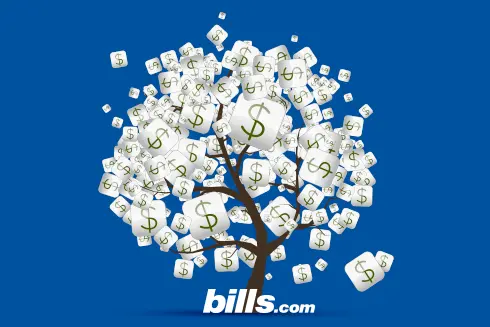Rebuild Your Credit Score After Bankruptcy

Get rid of your debt faster with debt relief
Choose your debt amount
Or speak to a debt consultant 844-731-0836
- 4 min read
- Review the effects of bankruptcy on your credit.
- Understand the steps to take, post-bankruptcy, to rebuild your credit.
- Consider a secured credit card, if you do not qualify for a standard credit card.
- Start your FREE debt assessment
How Will Bankruptcy Affect My Credit Score?
Editor’s note: After we published this article, Fair Isaac & Co. released a summary of how different negative events degrade a credit score. See Short Sale, Foreclosure & Your Credit Score and Foreclosure, Delinquency, Debt Settlement & Credit Scores for a better look into how bankruptcy impacts your credit score, and how much time it takes to recover from common events.
Bankruptcy is one of the most damaging things that can appear on your credit report. Exactly how much a bankruptcy will cause your credit score to drop, however, is impossible to know, since the three main credit bureaus — Equifax, Experian, and TransUnion — do not publicly release the precise formulas they use to calculate credit scores. Furthermore, other variables, such as your pre-bankruptcy score, your credit history, and what accounts may have stayed in good standing while you were in bankruptcy, will also be factors.
Whatever the drop turns out to be, the filing for bankruptcy virtually ensures a very low credit score — at least for the while — and it will be listed on your credit report for 7-10 years.
There are several steps you can take to help improve your credit rating post-bankruptcy. Building and maintaining a good credit score requires diligent effort and along-term commitment to financially sound living.
Review Your Credit Report
After your bankruptcy is discharged, generally speaking, any account included in your bankruptcy filing will appear on your credit reports as "included in bankruptcy," and reflect a $0 balance. It should not appear as open and past due, which is what likely showed prior to the filing of the bankruptcy. In order to make sure that no account that was included in your bankruptcy shows as unpaid or open, you should first pull a copy of your credit report from each of the three major credit bureaus (Equifax, TransUnion, and Experian), then carefully review the reports to identify which discharged accounts are being reported inaccurately. A free credit report can be pulled for each of the three bureaus once a year at AnnualCreditReport.com.
Rebuilding Your Credit Post-Bankruptcy
To rebuild your credit score after a bankruptcy filing, you need to establish new credit accounts and make timely payments on them. This way, you will begin to show a positive payment history. Your payment history accounts for approximately 35% of your credit score, so creating a new payment record is essential to rebuilding your credit score after bankruptcy. Since many credit card companies will not extend credit to people who have recently filed bankruptcy, a good option to consider is a secured credit card.
Secured Credit Card
Secured credit cards require you to deposit cash in an account with the credit card bank and the credit line available on the card is equal to the amount of cash you have on deposit. This may sound strange; why would you not just spend your own cash? However, your secured credit card will report timely payments to the credit bureaus each month and will help you re-establish your payment history. Also, small credit accounts, such as gas cards, can be a good option to build credit, but you should make sure that you pay off your balance each month to avoid high finance charges and to prevent yourself from starting down the spiral of debt again. The first credit cards you qualify for, after your bankruptcy, are likely to come with a high interest rate. That will not be a problem as long as you do not run up debt on the accounts.
Co-signers
Having someone co-sign on a loan or credit application can be an effective way to boost your score. The risk, however, falls on the person that co-signs for you. If you default on a payment, the co-signer is fully responsible for the debt and any fees and interest tacked on. For this reason, it is very hard to find someone willing to co-sign, in general, and even more difficult when you have filed for bankruptcy.
It Takes Time to Build Your Score
The more time that passes, the less negative impact your bankruptcy filing will have on your credit score. However, to build a positive credit rating you will need to counterbalance the negative impact of the bankruptcy with positive listings on your credit reports as mentioned above. You should make sure that you have at least three active trade lines open and in good standing. If possible, a variety of accounts is best for boosting your score. For instance, having a mortgage, a bank credit card, and a store card is better than having three bank credit cards. As time passes, the positive impact of your new accounts will become stronger while the negative impact of your bankruptcy should become weaker. If you take the right steps, you could have strong credit within two to three years post-bankruptcy, even though the bankruptcy will still remain on your credit report for 10 years.

Get rid of your debt faster with debt relief
Take the first step towards a debt-free life with personalized debt reduction strategies.
Choose your debt amount
Or speak to a debt consultant 844-731-0836